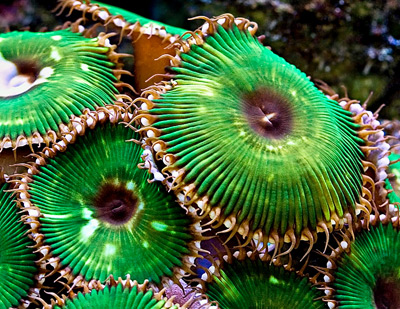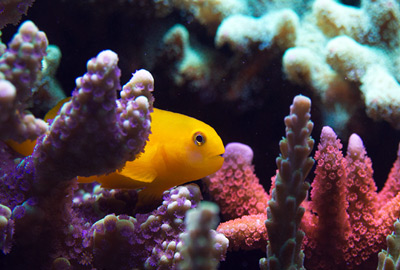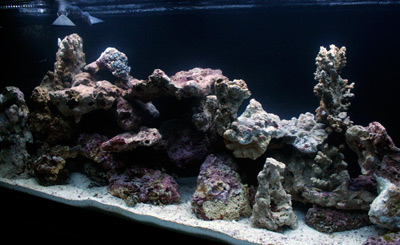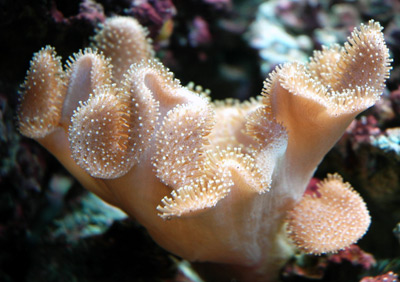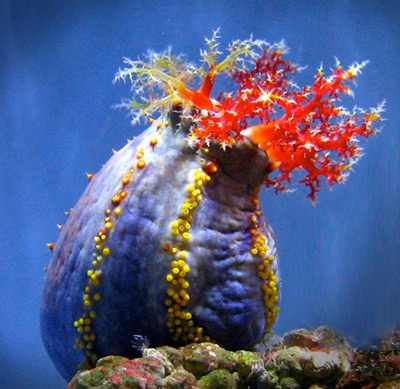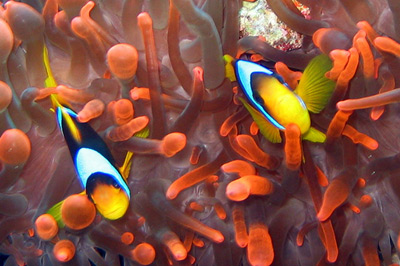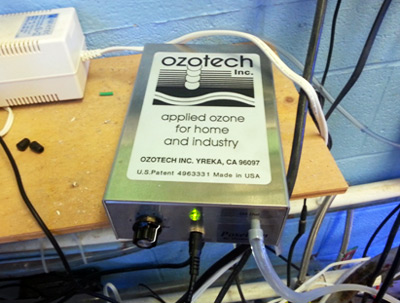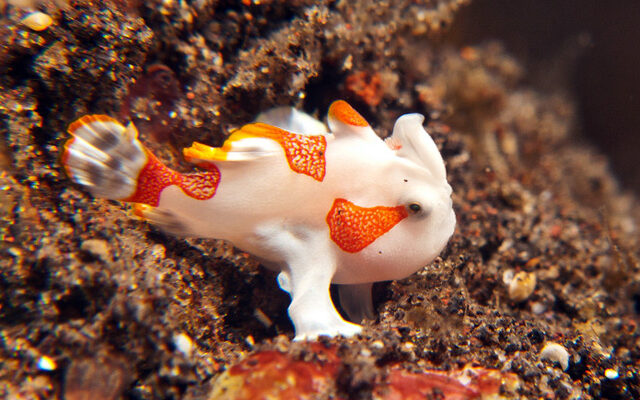Many of us are inspired to keep marine life for its exotic beauty or interesting behavior. But if we’re being perfectly honest, we have to admit there’s also something intriguing about keeping—and displaying to our friends and family—marine organisms that…
Can Live Rock Be Added Directly to an Established Marine Aquarium?
“Caribbean Chris” and I are very frequently asked whether it’s okay to add new pieces of live rock directly to an established system. Ever erring on the side of caution, we generally discourage this practice. Instead, we recommend curing them…
Sarcophyton Leather Corals: Attractive, Toxic, and Tough as Nails
When it comes to hardiness, ease of care, and general adaptability, few corals can compare to those of the genus Sarcophyton—the so-called toadstool, or mushroom, leather corals. Despite their lack of chromatic brilliance, they’re also pretty neat looking to boot.…
Sea Apples: Hazardous Holothurians Best Left to Advanced Hobbyists
In several posts here at Saltwater Smarts, I’ve mentioned that certain marine organisms routinely offered in the aquarium trade should come with a warning label—especially for novice hobbyists. In these cases, I’m usually referring to animals that are really gorgeous…
Clearing the Air on Ozone: Part 1
The use of ozone in home aquaria is far from a new idea. In fact, 20+ years ago, ozone was commonly used by both public aquaria and hobbyists alike. I experimented with the use of ozone on my classroom system…
Don’t Contaminate Your Saltwater Aquarium!
When we think about toxins in a marine aquarium, the first thing that usually comes to mind is ammonia or a toxic allelopathic chemical released by a coral—in other words, a biologically produced toxin originating in the tank itself. But…
The Many Faces of Mimicry in Marine Fish
In the fish-eat-fish world of the coral reefs, it can sometimes be beneficial to look like something you’re not. This strategy, known as mimicry, is employed by a wide variety of marine fish and other organisms in order to garner…


